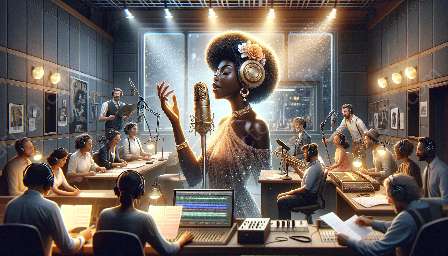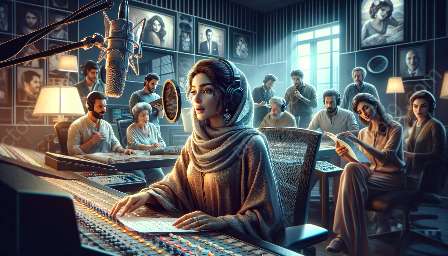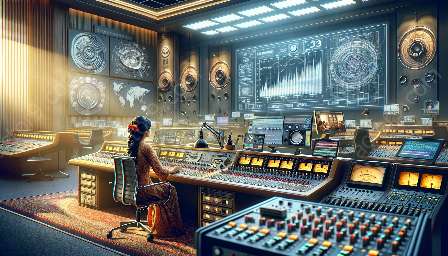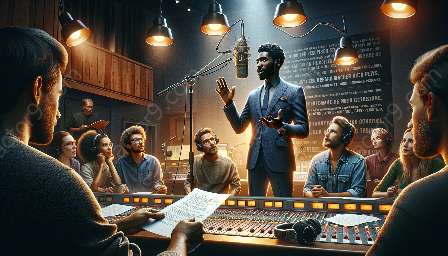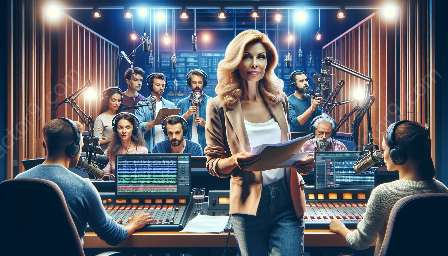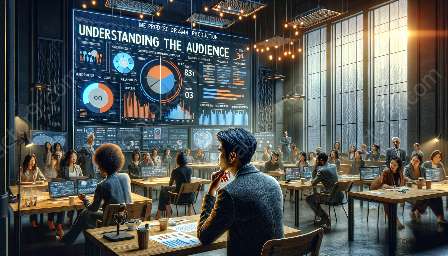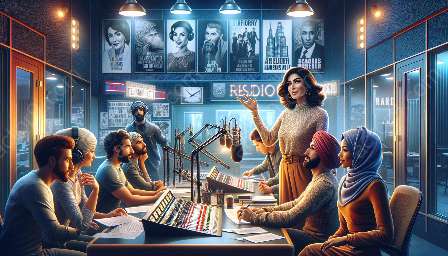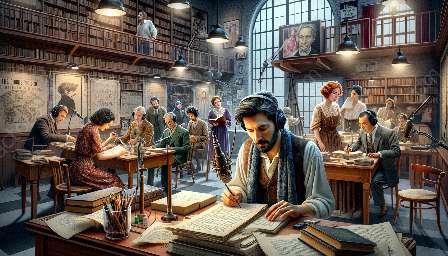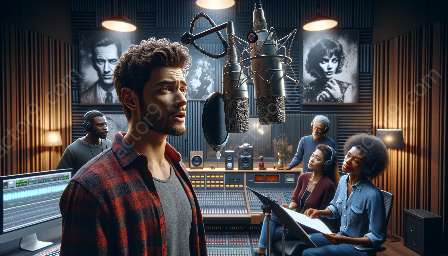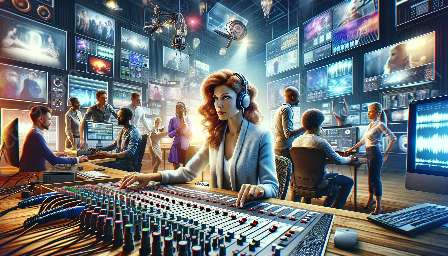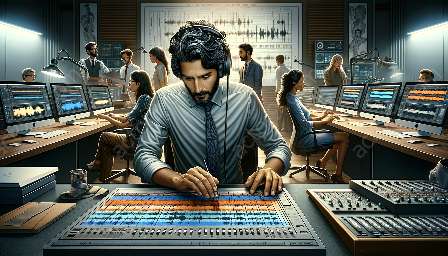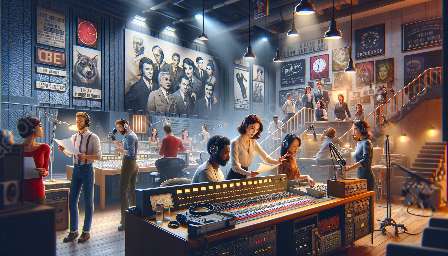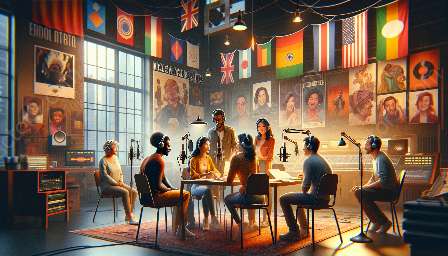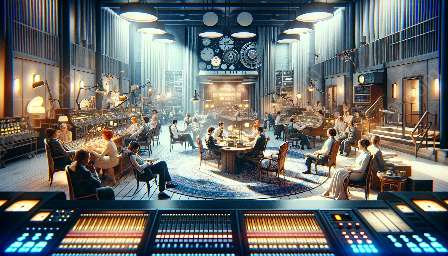Radio drama editing has undergone a significant transformation with the evolution of audio technology advancements. The seamless integration of modern editing techniques and technology has revolutionized the production process, enhancing the storytelling experience and pushing creative boundaries. This article explores the impact of advanced audio technologies on the editing techniques in radio drama production and how they are shaping the future of radio drama production.
Evolution of Editing Techniques in Radio Drama Production
The world of radio drama production has evolved immensely, with modern editing techniques playing a pivotal role in shaping the narrative and overall experience for listeners. The traditional methods of splicing and tape editing have been replaced by digital editing tools and software, allowing for more precise and seamless manipulation of sound elements. This has empowered creators to craft immersive and engaging stories that captivate audiences on a whole new level.
Impact of Audio Technology Advancements
The advancements in audio technology have ushered in a new era of possibilities for radio drama editing. The introduction of virtual reality (VR) and 3D sound technologies has enabled producers to create spatial audio experiences that transport listeners into the heart of the story. This level of immersion enhances the emotional impact of the narrative and blurs the lines between reality and fiction, elevating the art of storytelling.
Furthermore, advanced sound processing algorithms and AI-powered tools have streamlined the editing process, offering greater control and flexibility in shaping the audio landscape. These technologies allow for dynamic adjustments to soundscapes, background music, and vocal performances, resulting in a more polished and immersive listening experience for the audience.
Integration of Interactive Elements
Audio technology advancements have also facilitated the integration of interactive elements in radio drama editing. With the rise of interactive audio platforms and binaural recording techniques, creators can now craft branching narratives and immersive soundscapes that respond to listener input. This level of interactivity adds a new dimension to the editing process, allowing for personalized and dynamic storytelling experiences tailored to individual listeners.
Enhanced Collaboration and Remote Editing
Modern audio technology has transformed the collaborative aspect of radio drama production. Cloud-based editing platforms and remote collaboration tools have enabled seamless teamwork among editors, sound designers, and producers, regardless of their geographic locations. This has unlocked new opportunities for global collaboration and talent pooling, enriching the creative exchange and bringing diverse perspectives to the editing process.
Future Implications and Creative Possibilities
The influence of audio technology advancements on radio drama editing extends beyond the present landscape, offering a glimpse into the future of storytelling. With the convergence of AI, machine learning, and audio technologies, the potential for automated sound editing and adaptive storytelling algorithms holds promise for even more personalized and responsive narratives. This paradigm shift in editing techniques paves the way for innovative storytelling formats and interactive experiences that push the boundaries of traditional radio drama production.
Conclusion
The marriage of audio technology advancements and radio drama editing has redefined the art of storytelling, opening up new frontiers for creative expression and audience engagement. As modern technologies continue to evolve, the editing techniques in radio drama production will undoubtedly undergo further transformation, shaping the future of radio drama and captivating listeners in ways previously unimagined.

